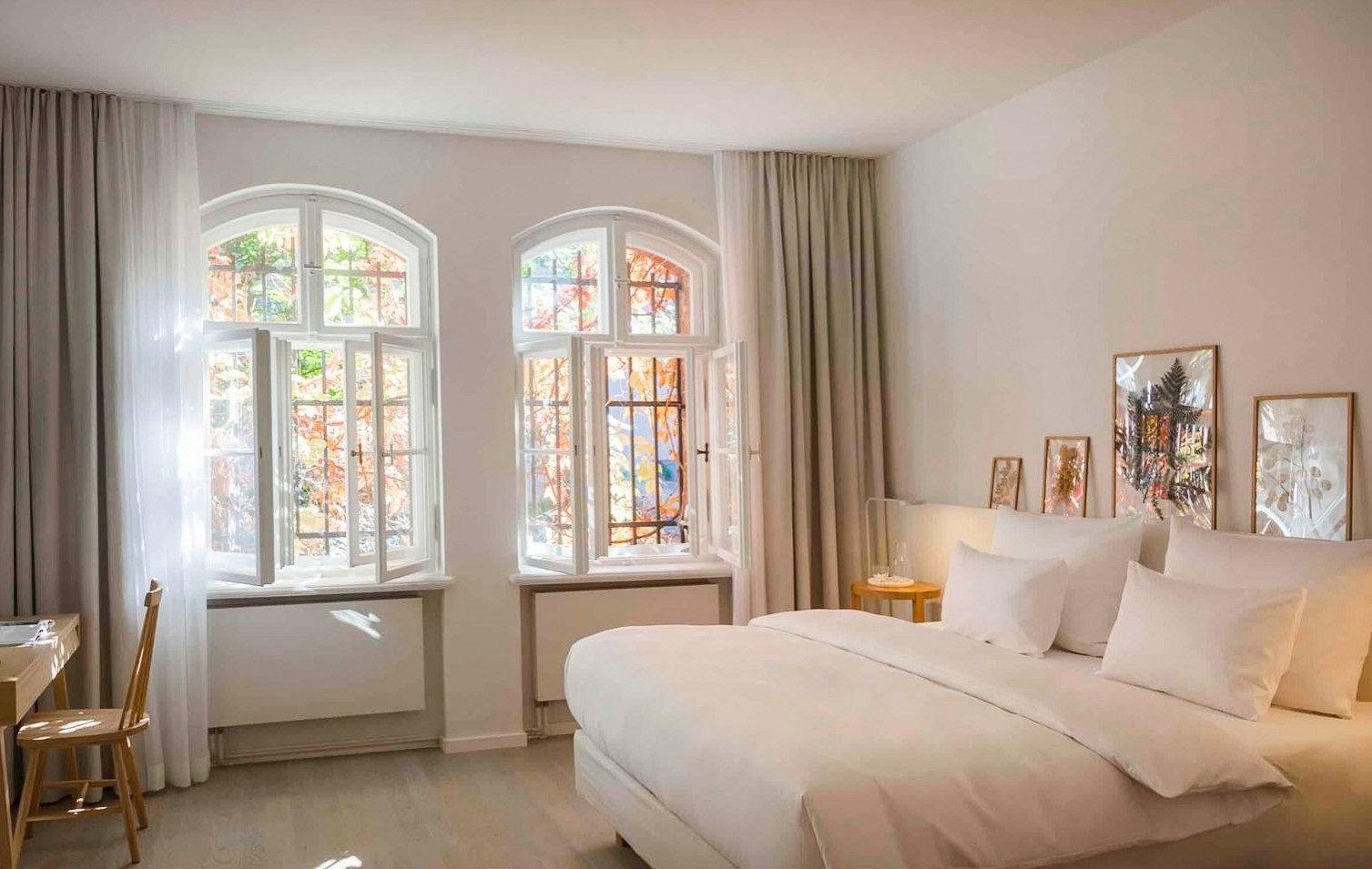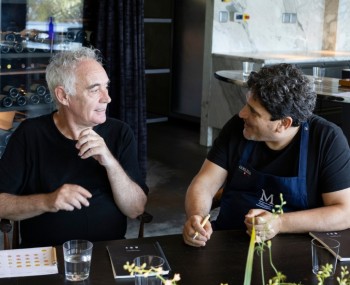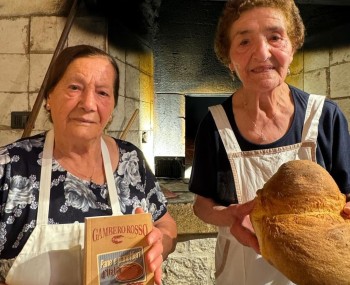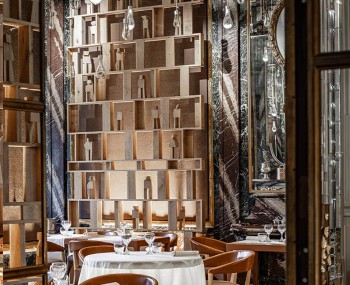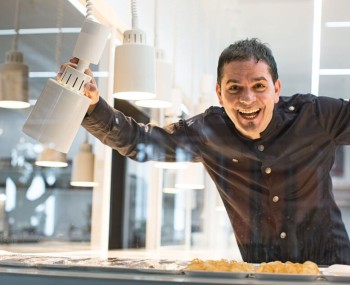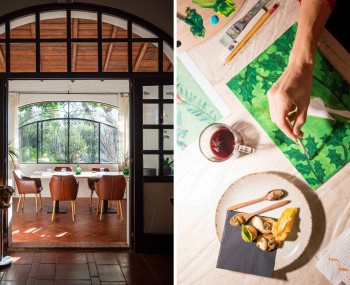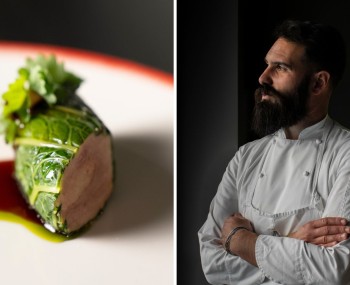In the heart of West Berlin lies Wilmina, once an abandoned women's prison for nearly 30 years, now transformed into one of the German capital's most charming hotels. The building, which dates back to 1896, housed women imprisoned for political reasons during World War II. After being used as a juvenile detention center until 1985, it was left in a state of neglect until 2010, when it was purchased by a couple of architects. In 2022, the facility opened its doors as Hotel Wilmina and was awarded a MICHELIN Key, a recognition of excellence.
A visionary project
Architects Almut Grüntuch-Ernst and her husband, architectural experts with more than 30 years of experience in Berlin, set themselves an ambitious challenge: to transform a place steeped in difficult history into an oasis of peace. Their project, Michelin reports in a dedicated special, was not limited to a simple renovation, but sought to respect the complexity of the prison's past, striking a delicate balance between preservation and innovation. According to Grüntuch-Ernst, “the typology of a penitentiary is not so different from that of a monastery or even a hotel”. From this reflection came the vision of Wilmina, in line with other prisons transformed into luxury hotels such as the Four Seasons in Istanbul or NoMad in London.

A new life for the building
Upon entering Wilmina, one immediately senses the care and dedication with which the transformation was accomplished. The old court building has been kept intact, with its Renaissance facade and sandstone details. The former cells have been combined to create spacious and bright rooms, where the past remains present in the details: the cell doors, updated to meet modern standards, and the windows once closed by grates, now wider and open to natural light. The rooms, furnished in light tones and minimalist décor, convey a feeling of tranquility and welcome, enhanced by natural elements from the surrounding garden.
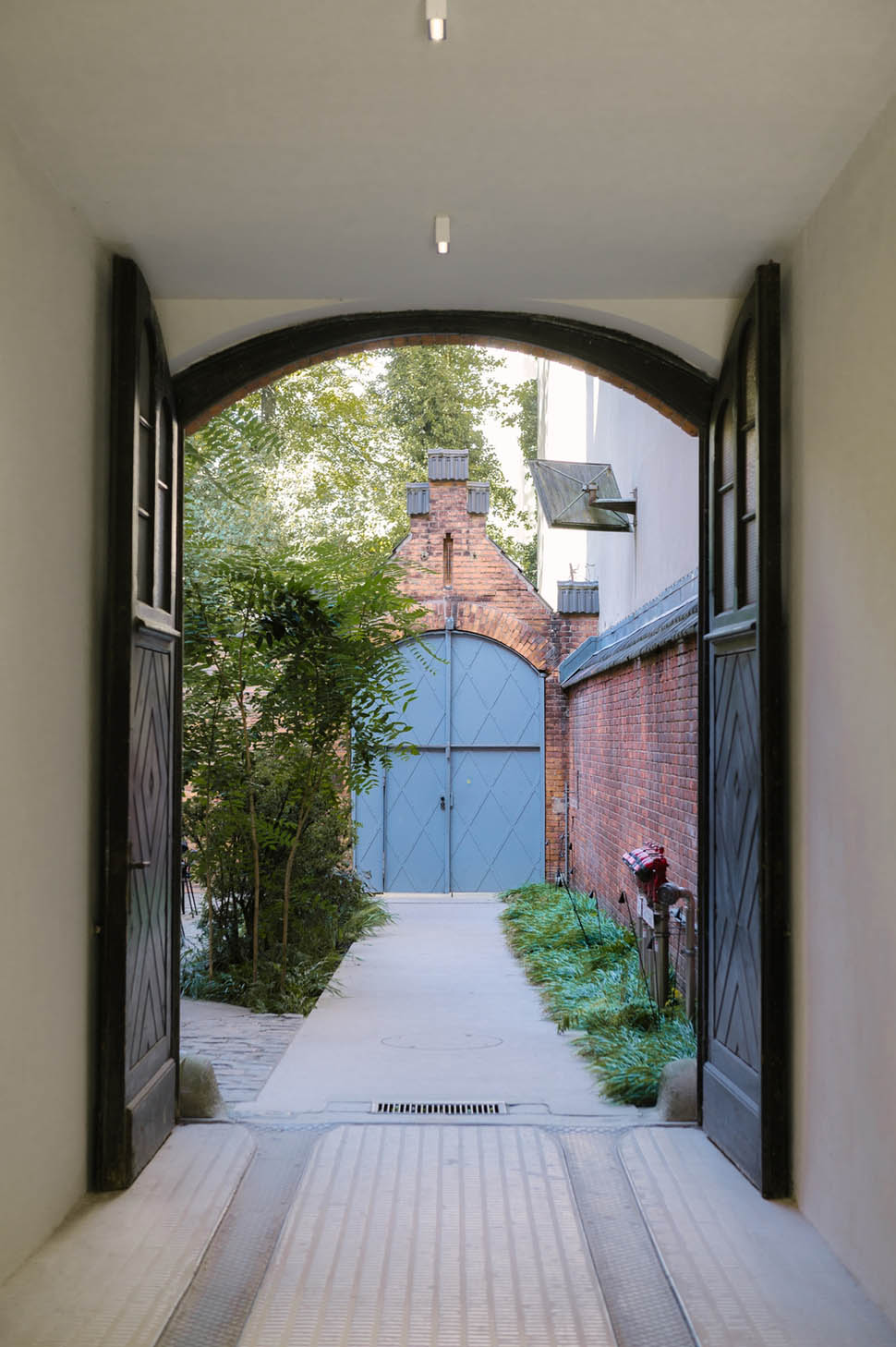

A haven of silence
Perhaps the most astonishing element of Wilmina is the feeling of peace and seclusion that one experiences once entering. Despite being a short walk from the hectic Kantstraße, one of Berlin's main thoroughfares, the hotel offers a space of serenity, nestled in an enchanted garden where ferns, Japanese anemones and vinegar trees thrive undisturbed. The contrast between the quiet interior and the chaos of the city is stark and rejuvenating. This unexpected calm was just what the architects envisioned when they saw the potential of the place.

Art and history coexisting
Every corner of the hotel is a tribute to the dialogue between past and present. In the corridors, original details such as old doors and door knobs can be found alongside contemporary artworks, such as photographs by Hans Christian Schink, that explore the theme of light and time. Modernity also blends with history in the hotel's new wing, where a pool terrace and breathtaking views of Berlin's rooftops offer guests a unique experience. The contrast between old and new is masterfully managed, creating an intimate and sophisticated atmosphere.
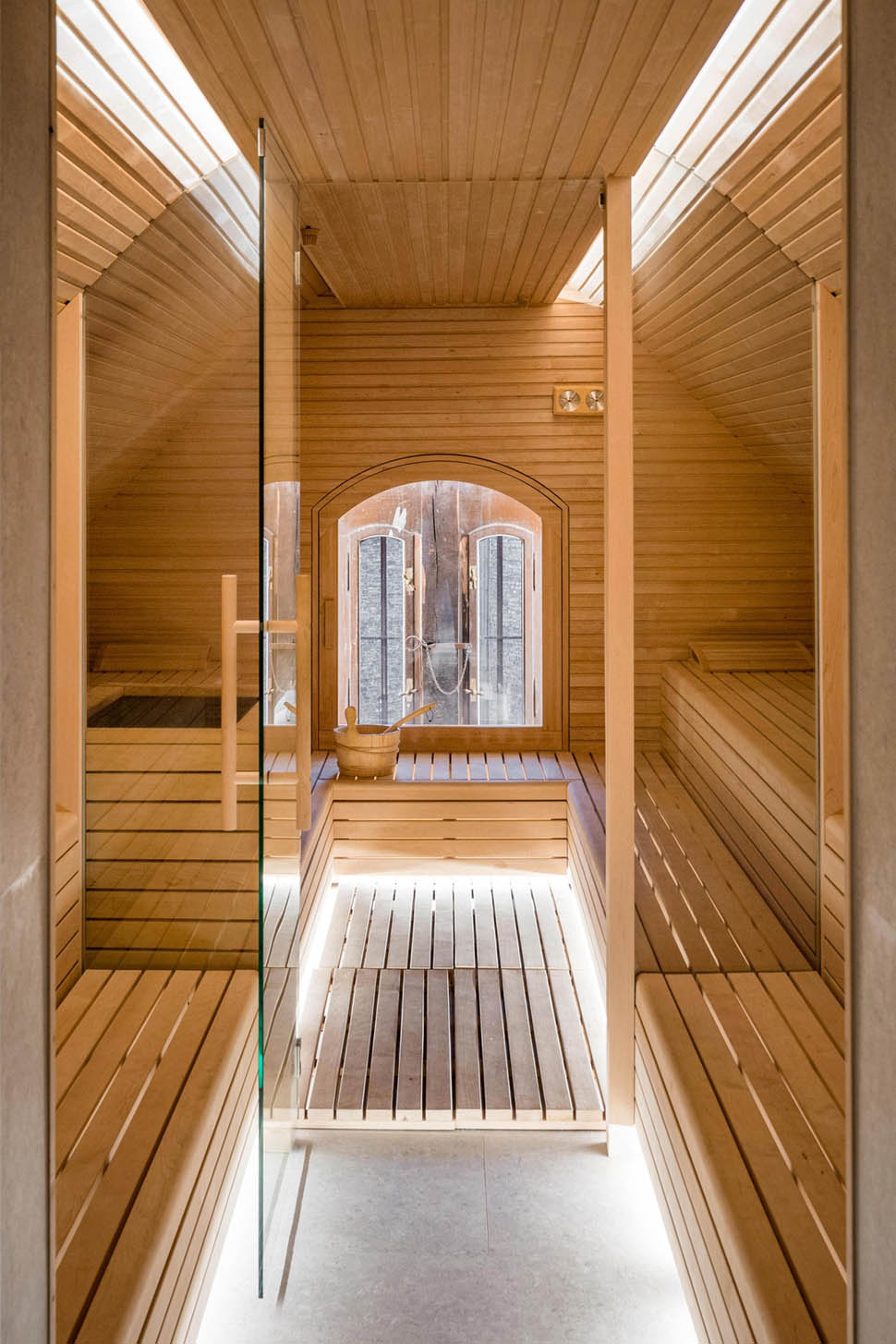
Lovis' Michelin cuisine
Another feather in the Hotel Wilmina's cap is the Lovis restaurant, headed by talented chef Sophia Rudolph. Her cuisine, mentioned by the MICHELIN Guide, attracts not only hotel guests but also curious Berliners and food lovers. Rudolph offers creative dishes that celebrate fresh ingredients and a variety of flavors, such as roots served with sour cream or crispy corn flan accompanied by jalapeño sauce. Lovis Restaurant is a meeting point of tradition and modernity, just like the hotel that houses it.

A place of rebirth
The Wilmina is not just a hotel, but an example of how architecture can breathe new life into a place scarred by a painful past. A 10-year renovation enabled the Grüntuch Ernst family to create a space that offers guests not only luxury and comfort, but also a chance to reflect on the history of the place. Its elegant rooms, secret garden, and art decorating every corner transform Wilmina into a haven of peace and beauty in the heart of Berlin. This project is proof that even buildings with a complex past can be reinvented, preserving their memory while projecting into the future.
